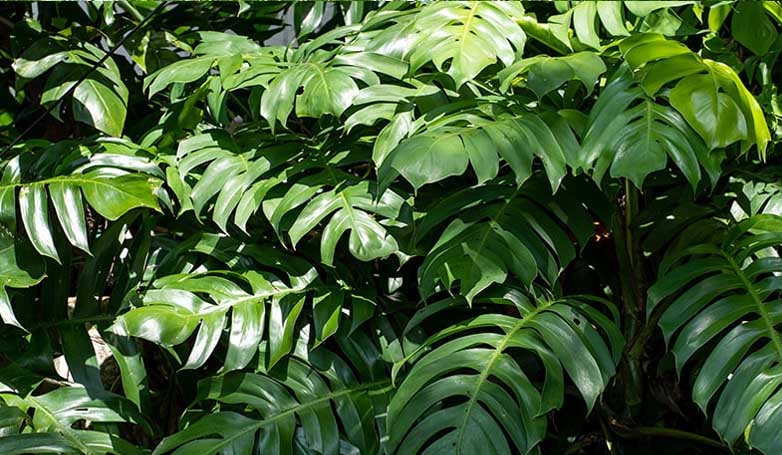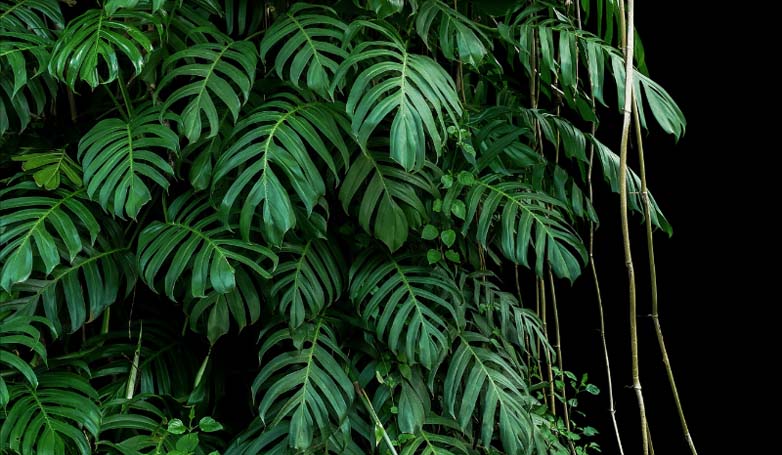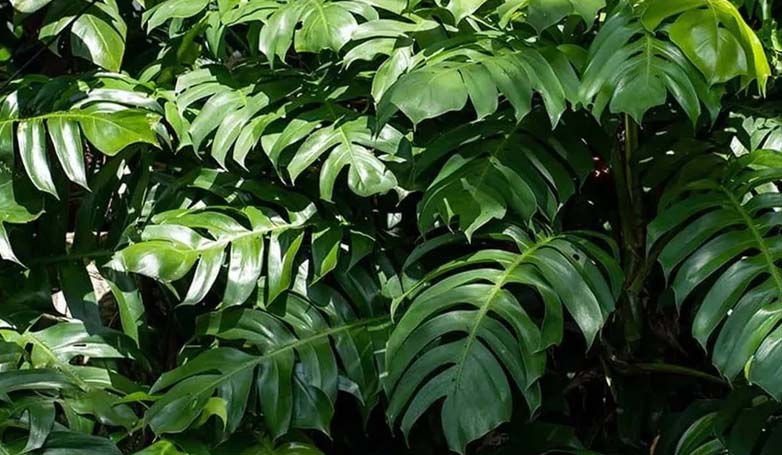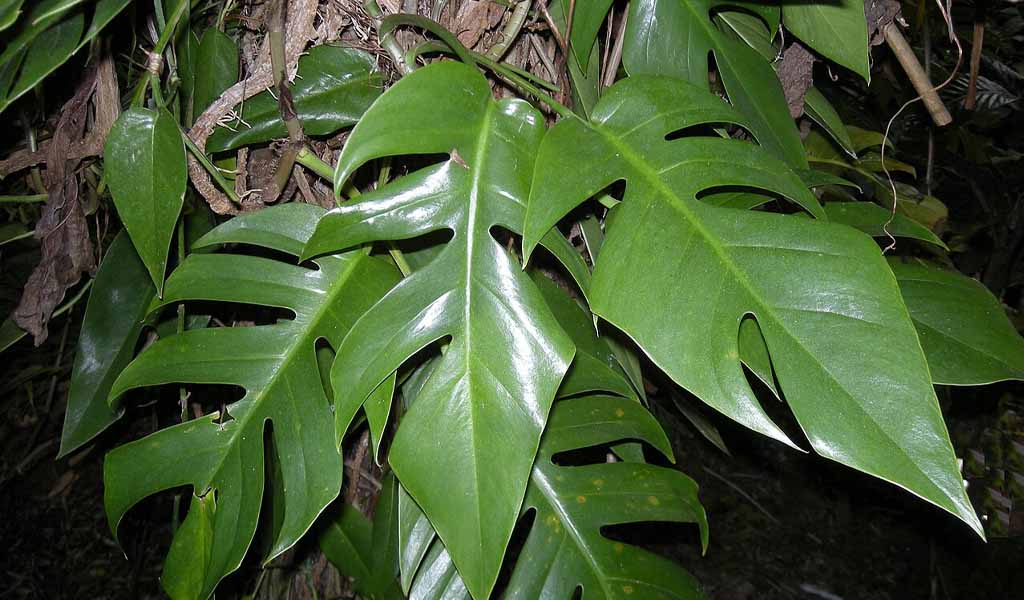What is the Tibatib Plant?

The Tibatib plant, scientifically known as Epipremnum pinnatum, is a member of the Araceae family. This climbing plant is commonly found in tropical forests across the Philippines. It is easily recognizable by its glossy, heart-shaped leaves that can grow quite large, providing a lush and vibrant appearance.
The Philippines is renowned for its rich biodiversity, boasting a variety of unique plant species. Among these, the Tibatib plant stands out for its distinctive characteristics and ecological significance. In this article, we will delve into the fascinating world of the Tibatib plant, exploring its features, benefits, and role in the environment.
Characteristics of the Tibatib Plant

- Leaves: The Tibatib plant’s leaves are its most striking feature. They are large, shiny, and dark green, often with fenestrations (holes) as they mature. These leaves can grow up to 2 feet long in optimal conditions.
- Growth Habit: Tibatib is a vigorous climber, often seen wrapping around trees, poles, and other structures. It uses aerial roots to anchor itself as it ascends, making it an excellent choice for creating green walls or natural fences.
- Flowers and Fruits: The plant produces small, inconspicuous flowers and, eventually, berries. While not particularly showy, these contribute to the plant’s life cycle and propagation.
Ecological Importance
The Tibatib plant plays a crucial role in its native habitat. As a climber, it helps to create layered vegetation, which is essential for maintaining biodiversity in tropical forests. Its dense foliage provides shelter for various small animals and insects, while its roots help prevent soil erosion by stabilizing the forest floor.
Benefits of the Tibatib Plant
- Air Purification: Like many other members of the Araceae family, the Tibatib plant is known for its air-purifying qualities. It can absorb toxins such as formaldehyde and benzene from the air, making it an excellent choice for improving indoor air quality.
- Aesthetic Appeal: With its lush, green foliage and climbing habit, the Tibatib plant adds a touch of tropical beauty to any setting. It’s a popular choice for home gardens, offices, and public spaces.
- Low Maintenance: The Tibatib plant is relatively easy to care for. It thrives in a variety of conditions, from partial shade to bright, indirect light, and requires minimal watering once established.
Growing and Caring for Tibatib Plant

For those interested in cultivating Tibatib, here are some tips to ensure its healthy growth:
- Light: While the plant can tolerate low light, it thrives in bright, indirect sunlight.
- Water: Keep the soil consistently moist but not waterlogged. Allow the top inch of soil to dry out between waterings.
- Soil: Use well-draining soil rich in organic matter. A mix of potting soil, peat, and perlite works well.
- Fertilizer: Feed the plant with a balanced, water-soluble fertilizer every 4-6 weeks during the growing season (spring and summer).
Conclusion
The Tibatib plant is a remarkable and versatile addition to the flora of the Philippines. Its ecological benefits, air-purifying qualities, and low maintenance requirements make it an excellent choice for both natural and urban environments. By incorporating the Tibatib plant into your garden or indoor space, you not only enhance the aesthetic appeal but also contribute to a healthier and more sustainable ecosystem. Explore the Beauty of Philippine Ylang Ylang trees.







